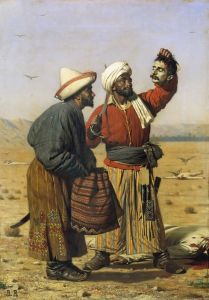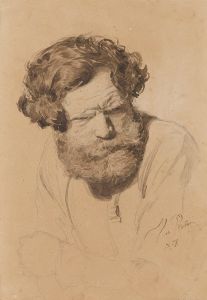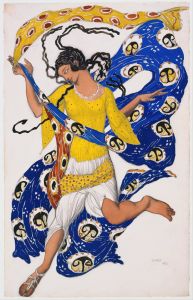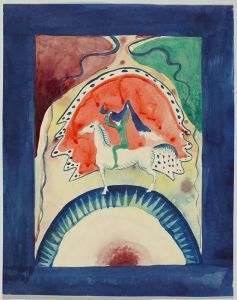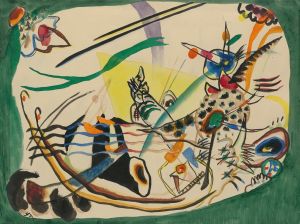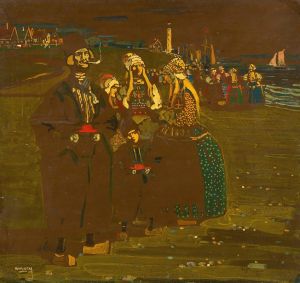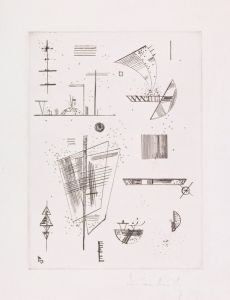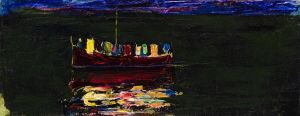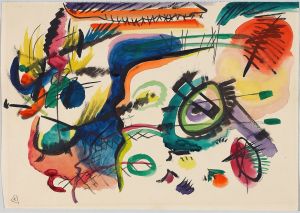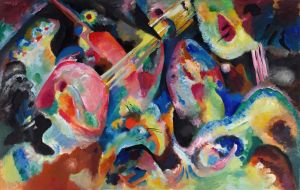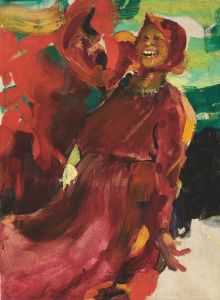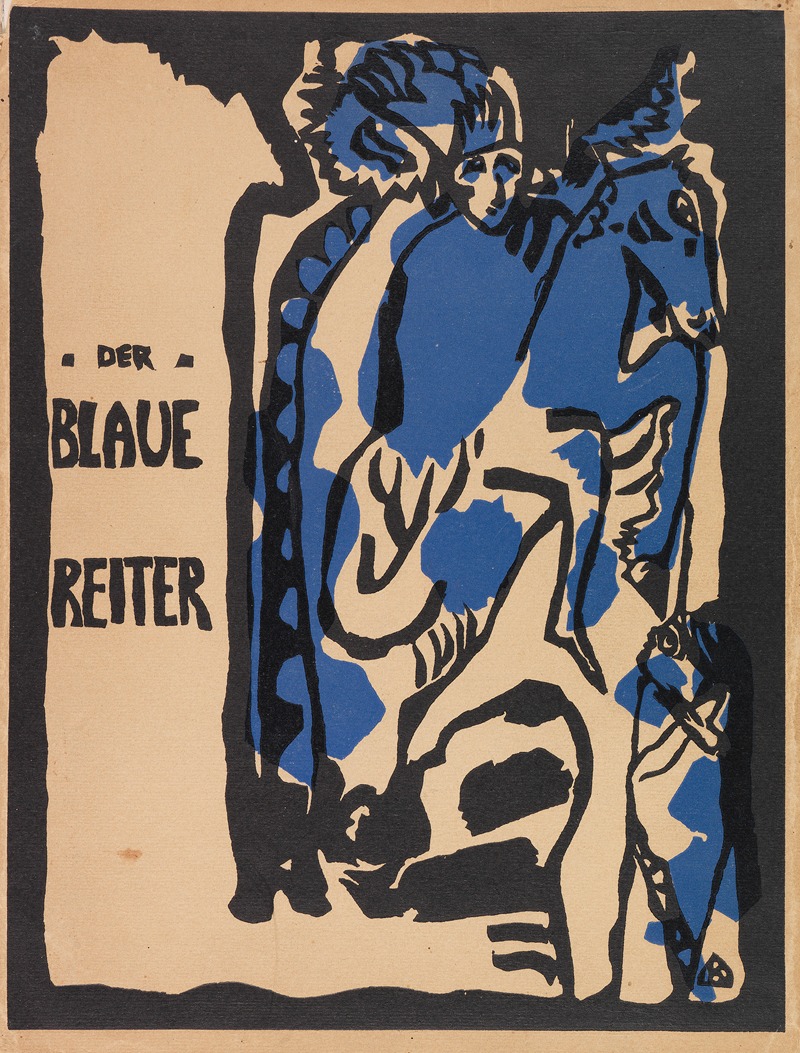
Der blaue Reiter
A hand-painted replica of Wassily Kandinsky’s masterpiece Der blaue Reiter, meticulously crafted by professional artists to capture the true essence of the original. Each piece is created with museum-quality canvas and rare mineral pigments, carefully painted by experienced artists with delicate brushstrokes and rich, layered colors to perfectly recreate the texture of the original artwork. Unlike machine-printed reproductions, this hand-painted version brings the painting to life, infused with the artist’s emotions and skill in every stroke. Whether for personal collection or home decoration, it instantly elevates the artistic atmosphere of any space.
Wassily Kandinsky, a pioneering figure in abstract art, created "Der blaue Reiter" ("The Blue Rider") in 1903. This painting is one of his early works, produced during a period when he was transitioning from representational art to the abstract style for which he later became renowned. The artwork is an oil painting on cardboard and measures 55 by 60 centimeters. It is currently housed in the Städtische Galerie im Lenbachhaus in Munich, Germany.
"Der blaue Reiter" depicts a lone rider on horseback galloping through a hilly, pastoral landscape. The figure of the rider is intentionally vague, with blurred outlines and minimal detail, emphasizing movement and atmosphere over realism. The rider wears a blue cloak, which contrasts with the earthy tones of the surrounding landscape. The painting’s composition is dynamic, with the diagonal lines of the hills and the rider’s forward motion creating a sense of energy and momentum.
The title of the painting, "Der blaue Reiter," holds particular significance in Kandinsky’s career. In 1911, Kandinsky and fellow artist Franz Marc co-founded an influential artistic group called Der Blaue Reiter, which became a cornerstone of the German Expressionist movement. While the painting predates the formation of the group, it is often seen as a precursor to the ideas and themes that Kandinsky and Marc would later explore. The color blue, for instance, held deep spiritual significance for Kandinsky, symbolizing transcendence and the immaterial. The motif of the rider, meanwhile, can be interpreted as a symbol of movement, change, and the artist’s journey toward abstraction.
At the time of its creation, Kandinsky was deeply influenced by the Symbolist movement and the Romantic tradition, as well as his own interest in folk art and spirituality. These influences are evident in "Der blaue Reiter," which combines a dreamlike quality with a sense of emotional intensity. The painting reflects Kandinsky’s belief in the power of art to evoke inner feelings and spiritual experiences, a concept that would become central to his later theoretical writings and abstract works.
"Der blaue Reiter" remains an important work in Kandinsky’s oeuvre, marking a key moment in his artistic development. It bridges his early representational style with the abstract innovations that would define his legacy, offering insight into the evolution of modern art in the early 20th century.





